I created two short stories. The first story is about a frog who is a very famous illustrator, and he talks about his ordinary life and work. The second story is a collection of comics about a frustrated artist.
The Famous Frog
This book was created by choosing random words, and using this method helped me to create a very unique and fun story.
The process included mixing different materials such as acrylics, fabrics, and collages from magazines. Thanks to the mixed media used during the different steps, the design is as fun as the story.

Process
To ensure that the reader understood the frog’s remarkable life, I carefully chose the materials I would use for everything shown on a page. For example, I used acrylics for the frog to have a texture effect. Also, I created many collages to show exciting backgrounds.
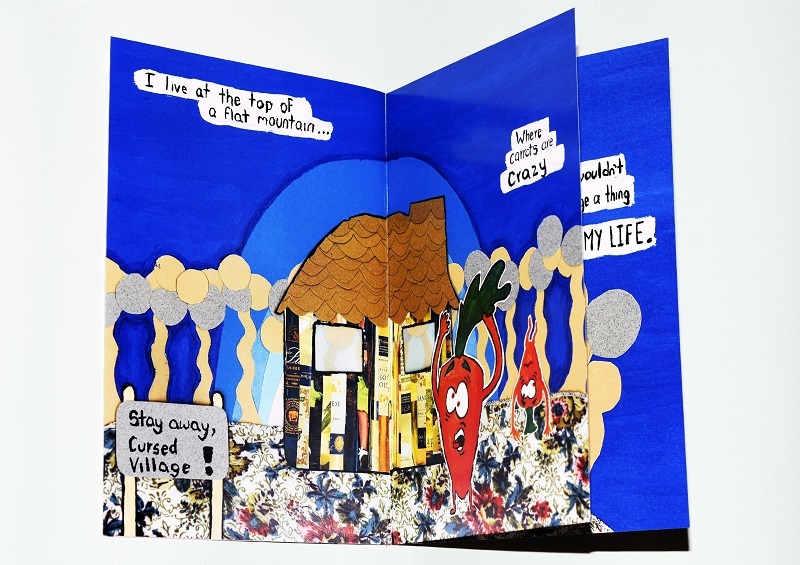
Ups and Downs
Creating this book was a great experience. I enjoyed illustrating using physical tools instead of digital ones. I had fun reading the story in front of many people as they laughed and enjoyed the nonsense story.
However, this project included tricky times, too, as with every design project. For example, I had to find the right balance of mixed media when creating a scene, as sometimes it could get so busy that some things were not easy to recognize.
Also, this book was initially designed for a concertina-style book, so it was a few trials and errors to get the correct measurements for every page, so it could look nice when folded. Then, I changed it to an ordinary book to have many copies ready in a shorter period.
A frustrated artist
This book was created to represent everyday situations when artists feel stuck creatively.
I drew and gathered a few comics; every comic had the same artist frustrated or annoyed because she was not feeling very creative.
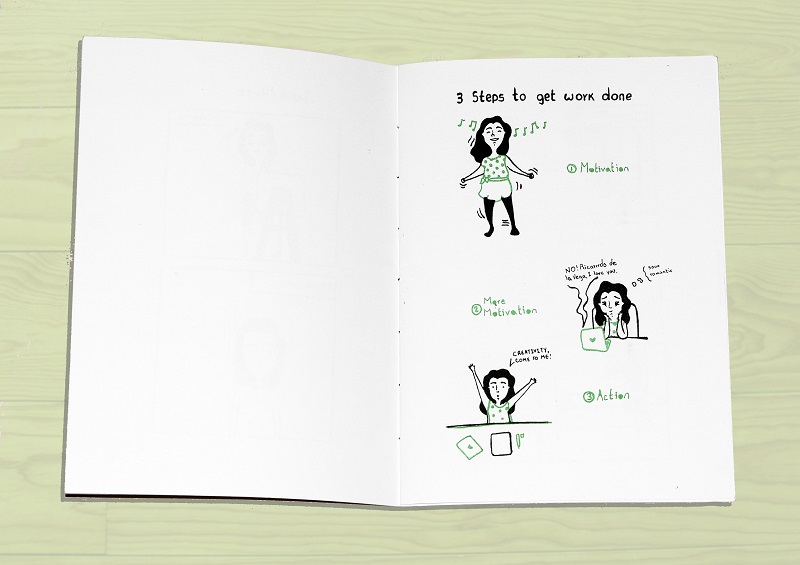
Process
I used Risograph to produce various copies of this book on a limited budget. In addition, the book only used two colours: black and green. Therefore, only two layers were needed to obtain the final design.
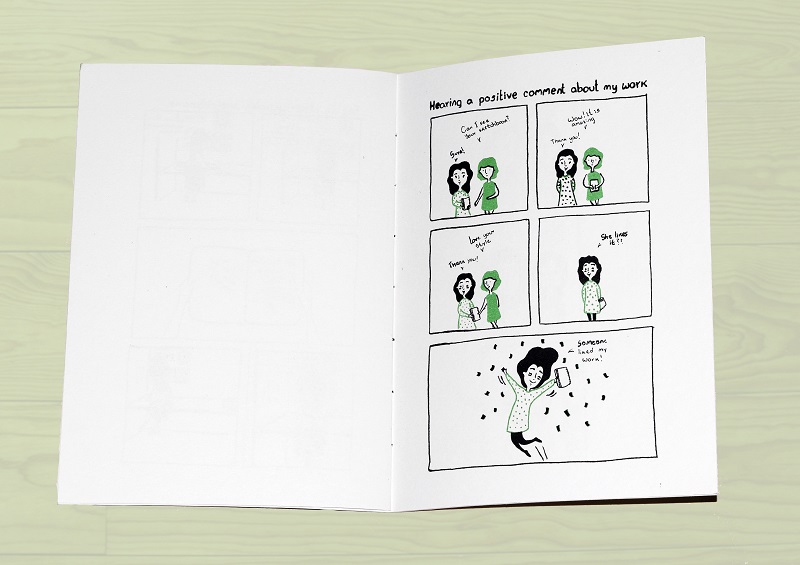
Ups and Downs
Using Risograph to duplicate my drawings instead of the normal printing process was nice, and it made this small book affordable and fun.
My favourite step was to separate the design into two different layers based on what colour I wanted to use for the different parts of the illustrations.
Also, I enjoyed the challenge of finding the proper position for the duplicates as it could take longer than expected, but it was totally worth it.
More Risograph examples
I created three-colour risograph posters about 60s fashion for an exhibition.
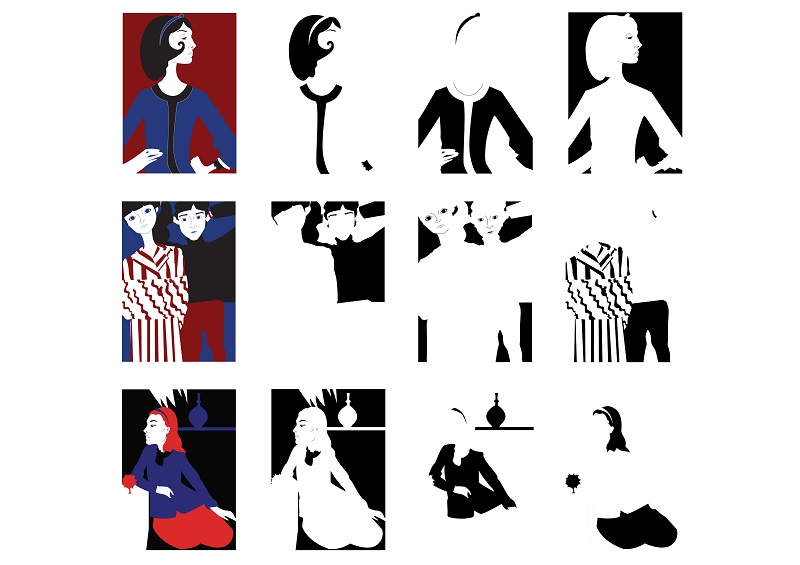
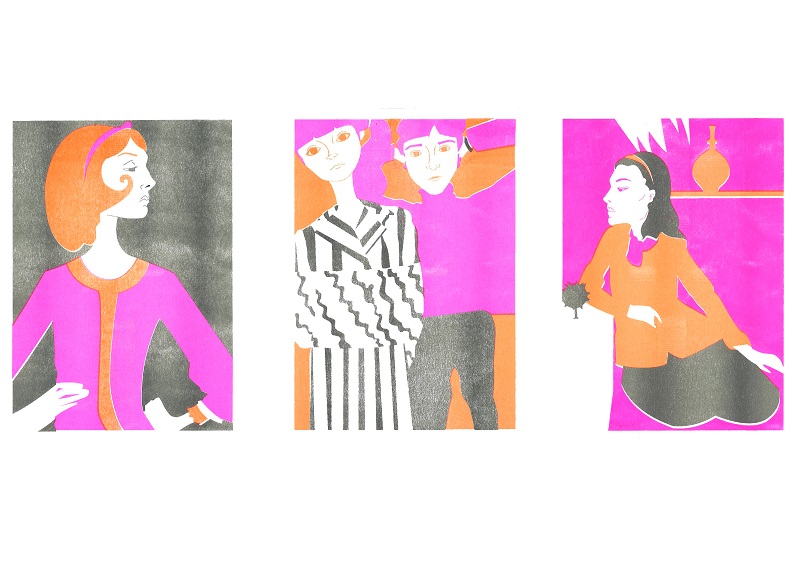
Conclusion
Creating stories, illustrating characters or scenarios, and printing books/layouts are things I enjoy as an illustrator. Facing creative challenges and finding the right solutions are skills I have in my professional career, and I put them into practice at every project.
Would you like to see another book designed by me? Have a look at An Unexpected Friendship.